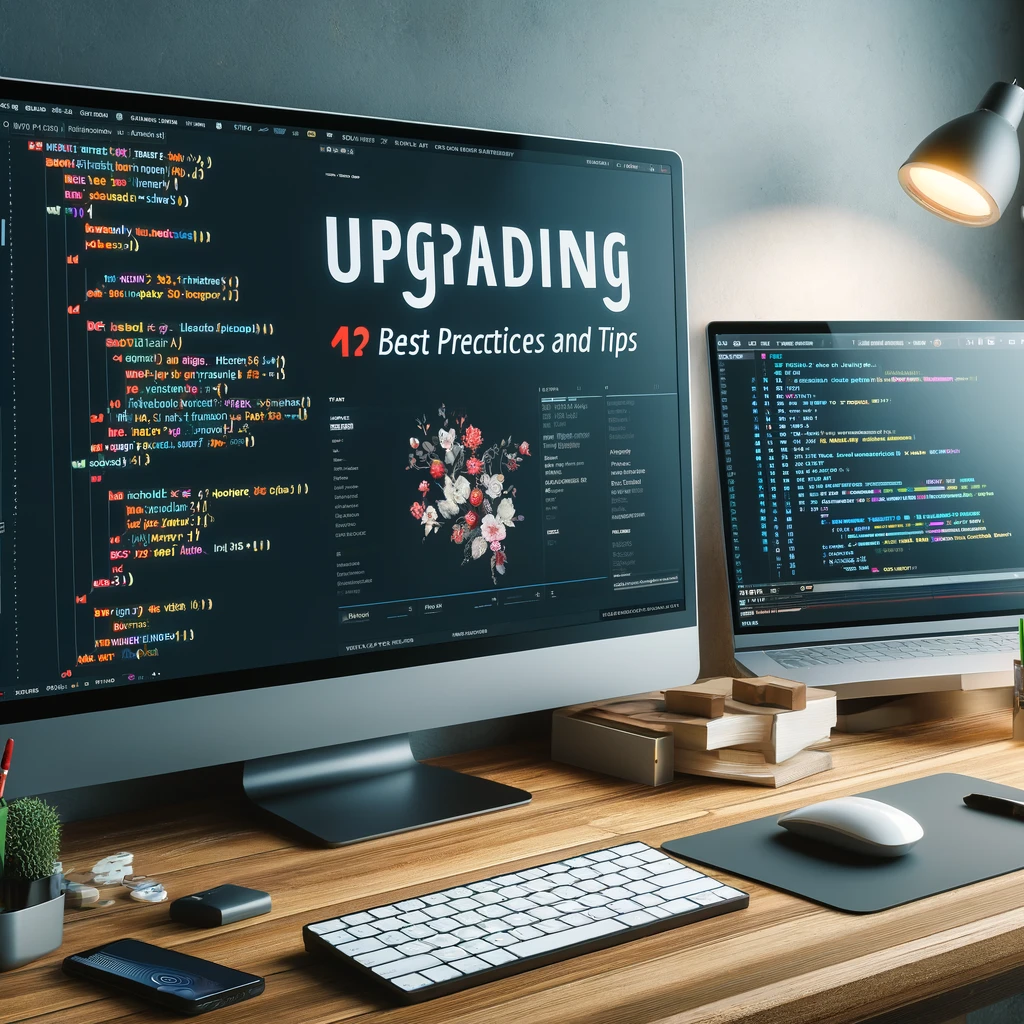Upgrading to a new version of a framework can be an exciting time for developers, offering new features, performance improvements, and bug fixes. However, the process can also be fraught with potential issues if not approached carefully. With the release of Laravel 11, here’s a comprehensive guide on how to smoothly upgrade your application and take advantage of everything this new version has to offer.
Why Upgrade to Laravel 11?
Laravel 11 introduces numerous enhancements that improve the framework’s robustness, developer productivity, and performance. These include improvements in routing efficiency, better Eloquent ORM capabilities, and new testing functionalities that can significantly streamline your development process.
1. Review the Upgrade Guide and Release Notes
Before starting the upgrade process, thoroughly review the official Laravel upgrade guide and the release notes. This documentation will help you understand the key changes, deprecated features, and any backward-incompatible changes that could affect your application.
2. Ensure Comprehensive Testing Coverage
Before you upgrade, ensure that your application has comprehensive test coverage. This includes unit tests, integration tests, and end-to-end tests. Having a good test suite will catch any issues that might arise from the upgrade, making it safer and easier to perform.
3. Update Dependencies
Check and update your project’s third-party dependencies to ensure they are compatible with Laravel 11. This is crucial because some packages might not yet support Laravel 11, or they might require specific versions to work correctly. You can use tools like Composer to manage these dependencies efficiently.
composer update
4. Upgrade in a Development Environment
Always perform the upgrade first in a development or staging environment, never in production. This approach allows you to identify and fix any issues without impacting your live application.
5. Follow Semantic Versioning
Laravel follows semantic versioning, which means that breaking changes are reserved for major releases. This practice should simplify the upgrade process from Laravel 10 to Laravel 11, as major changes are well-documented and predictable.
6. Gradual Codebase Updates
If possible, update your codebase gradually. Tackle one set of changes at a time (e.g., routing, Eloquent, Blade templates) and test thoroughly after each step. This methodical approach can help minimize disruption and make it easier to track down issues.
7. Leverage Laravel Shift
Consider using a service like Laravel Shift, a tool that automates the upgrade process for Laravel applications. Laravel Shift can handle many routine upgrade tasks and provide insights into areas of your application that require manual attention.
8. Test with Production Data
Once your application is functioning correctly in the development environment, perform a test run using a copy of your production database, if possible. This step will help you catch any data-related issues that may not be evident in a development environment.
9. Deploy with Confidence
After testing thoroughly, plan your production deployment. Consider deploying during a low-traffic period and ensure you have a rollback plan in case something goes wrong. Monitoring tools and logging will be crucial in the immediate aftermath of the upgrade to catch any unforeseen issues.
10. Monitor and Optimize
Post-upgrade, monitor your application’s performance closely. Laravel 11 might introduce changes that can be optimized further in your specific environment. Additionally, keep an eye on future patch releases from the Laravel team that might address any issues discovered after the major release.
Conclusion
Upgrading to Laravel 11 can significantly enhance your application's capabilities and performance. By following these best practices and tips, you can ensure a smooth transition to the new version, allowing you to leverage its new features and improvements effectively. Stay proactive, plan carefully, and happy coding!
This guide should help developers approach the upgrade process strategically, ensuring that their applications continue to run smoothly and leverage the latest features offered by Laravel 11.




